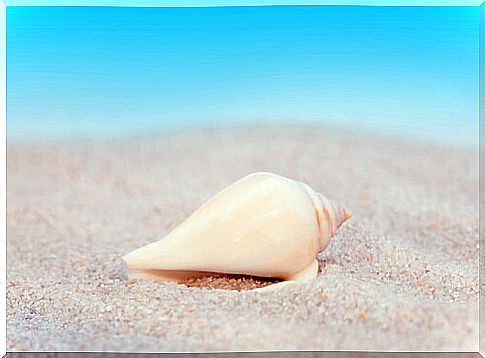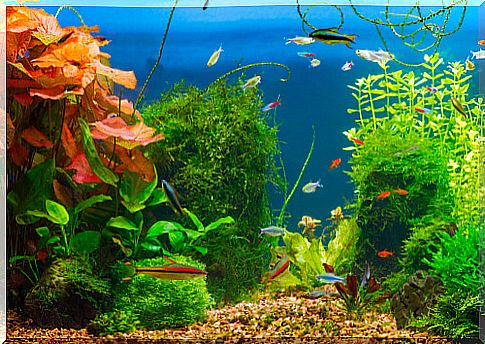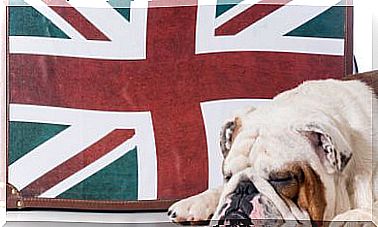The Ideal Substrate For Your Aquarium, Gravel Or Sand?

The substrate in an aquarium has a variety of functions and can profoundly affect the health of its ecosystem. According to the type of aquarium you have, you should choose the right gravel. This type will change depending on whether your aquarium has only fish, plants, or fresh or salt water.
In general, a sandy substrate with natural colors gives your fish a sense of direction. Fish need to have a sense of direction to maintain a happy and calm life. Reflective or glass floors usually result in irritated fish.
In addition to giving your aquarium a more natural appearance, the use of gravel in the substrate allows the development of bacteria that are beneficial for the life of your aquarium. However, you must choose carefully the substrate you use, as an excess of bacteria can alter your ecosystem.
Substrate for fish aquariums
Aquariums that only have fish need a specific type of substrate. Being limited ecosystems, this class of aquariums needs a substrate that allows the development of bacteria that balance the environment.

Many aquarium owners are concerned about the size of the gravel and the possibility of it interfering with the filter. Currently, with filter technology, sand is unlikely to damage your filter.
In fish-only aquariums, and especially if you have fish that feed on the bottom and not on the surface, the use of fine sand is important. The bottom of your aquarium should be between 2 and 2.5 inches deep.
Be aware that a deep fund can pose a risk if you don’t maintain it properly. Especially with very fine sand, food particles can sink down and bury themselves. If not cleaned carefully, the sand can become a hotbed of bacteria that are harmful to your aquarium.
We recommend choosing regular gravel or sand for your aquarium with only fish. Remember that the surface of the sand must be constantly cleaned to avoid bacteria.
Substrate for marine aquariums
In case you’re wondering, a marine environment aquarium includes crustaceans, crabs, and other sea creatures. For this reason, the substrate in a marine aquarium must be friendly to these seabed creatures.

Remember that marine environments need much more calcium and magnesium than fish-only aquariums. Calcium and magnesium will keep the pH of the water much higher, which makes your aquarium in an environment more similar to the real coast.
Substrate for aquariums with plants
In addition to light, the other factor that determines the proper growth of the plants in your aquarium is the soil. The bottom of an aquarium with plants must be able to provide them with the necessary nutrients for their development.

Most of these nutrients are in the soil and not in the water, so you must choose your substrate carefully. If the sand is too fine, it may not support the roots of the plants and compact at the bottom.
The bottom of an aquarium with plants should have at least two levels. The deepest layer should be a substrate with a high content of nutrients. This bottom will serve as an anchor for the plants, which will bury their roots there.
To prevent the nutrients from being washed off with the water, there should be a layer of gravel or sand on the bottom of the nutrient substrate. This second layer will act as a porous insulator. Each of these layers should be two inches deep.
Gravel or sand for your aquarium?
Gravel is the most common bottom in aquariums. It comes in many varieties and sizes, and is primarily made up of small pieces of quartz.
The great advantage of gravel is that it does not affect the water parameters at all. It does not raise or lower the pH, nor does it affect the dynamics of the ecosystem in any way.
On the other hand, if you have a good filter, sand is the best option to keep your aquarium in excellent condition. Due to its small particles, the surface of the sand is compacted and prevents pieces of food from penetrating the bottom.
Remember that under no circumstances should you use sand extracted directly from the sea. This sand carries a series of microorganisms and impurities. While these are normal in the sea, they can be very harmful to your aquarium.
You should avoid artificially colored substrates. Although they may look nice, colors often wash off with water, releasing harmful chemicals. In the long term, the chemicals will harm the health of the inhabitants of your aquarium.









